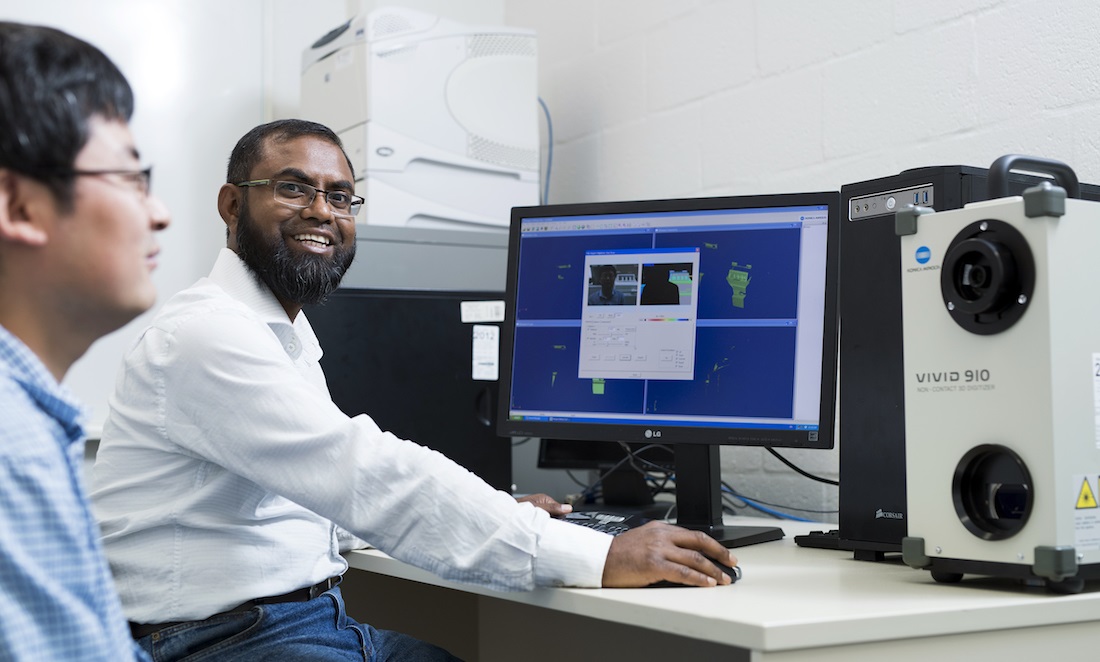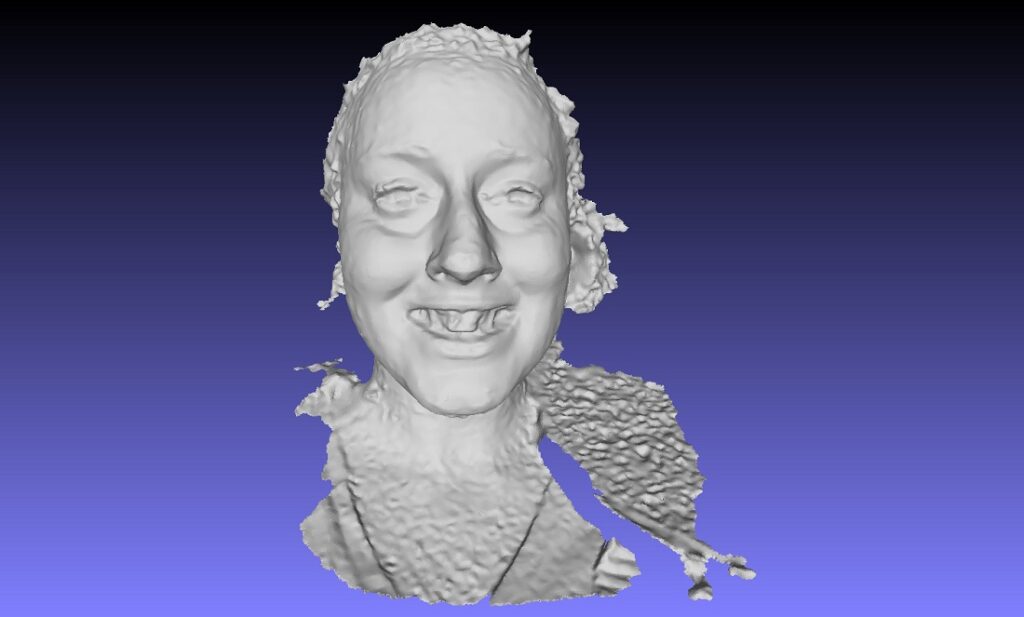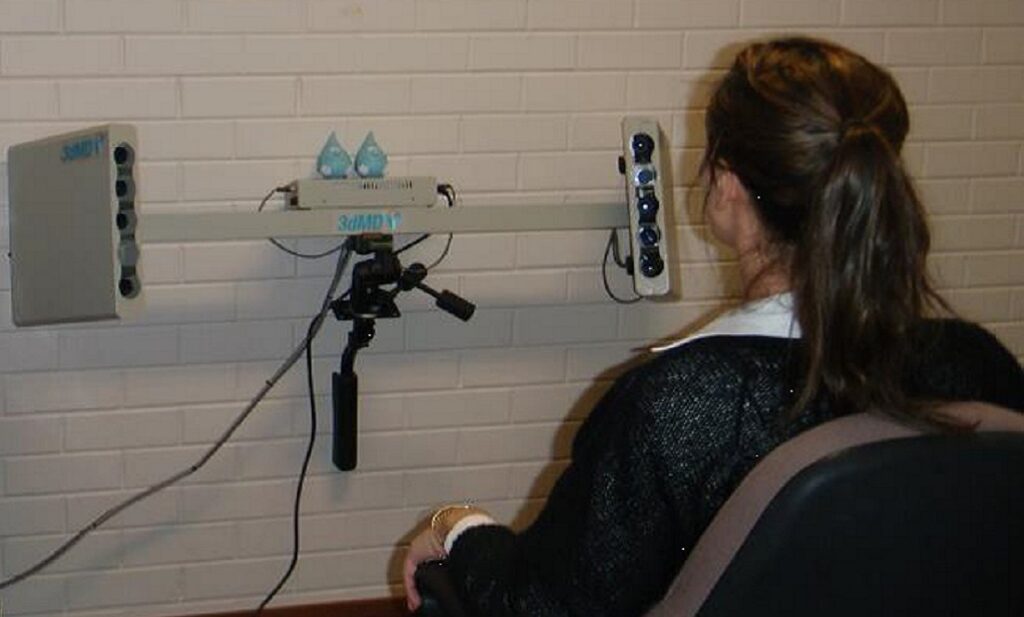Imagine you’re at your local GP clinic. You’ve been feeling tired and irritable but aren’t sure why.
Your doctor’s answer might be to run some tests—tests that in the future could include taking a photo of you in their office.
Your face will be captured in seconds. A few more seconds for processing the photo and you’ll know how likely you are to have sleep apnoea.
Sleep apnoea is when the walls of the throat come together during sleep, blocking off the upper airway.
Breathing stops—generally for between 10 seconds and 1 minute—until the brain registers the lack of breathing or a drop in oxygen levels.
The sleeper then rouses slightly, opens the upper airway, typically snorts and gasps, then drifts back to sleep almost immediately.
This can occur hundreds of times every night.
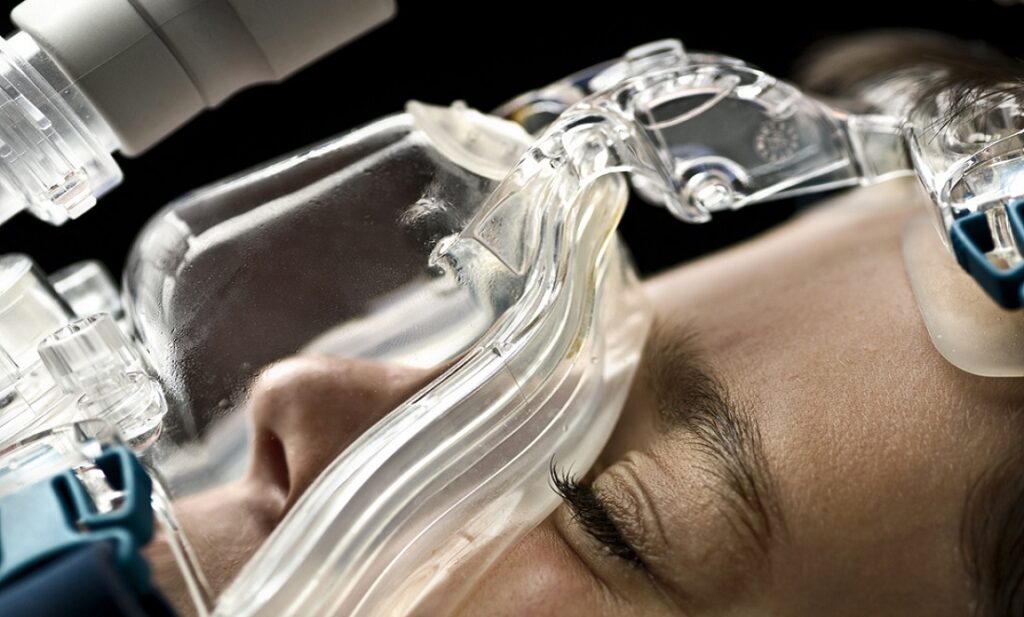
The condition is estimated to affect about one in 25 Australian adults, but 82% of men and 92% of women with sleep apnoea don’t know they have it.
THE SHAPE OF YOU
ECU computer scientist Dr Syed Shamsul Islam is using artificial intelligence techniques to develop a screening tool for sleep apnoea.
It uses tiny differences in the structure of our faces—invisible to the naked eye—to predict whether a person has the condition.
It’s similar to the technology Facebook uses to pick out your friends in photos.
“These variations [in facial features] are somehow related to sleep apnoea,” Syed says.
“For example, the chin neck angle is very much related to sleep apnoea.
“Some other features—like face width and eye width—these are also linked to sleep apnoea.”
LIFE IN 3D
Unfortunately, you can’t just send your doctor a link to your Instagram page.
While 2D images are OK at predicting a patient’s likelihood of having sleep apnoea (they’re right about 76% of the time), Syed is hoping 3D images prove much more accurate.
He’s recruited people both with and without sleep apnoea and captured them with a 3D camera to test his theory.
And with the cost of a 3D camera dropping in recent years, it’s a piece of technology that could find a home in a typical GP clinic.
“When I was working on my PhD 10 years ago … it was around $80,000,” Syed says.
“Now with $20,000, you can get a high-resolution 3D camera.”
OVERNIGHT IN THE LAB
Syed, who has mild sleep apnoea himself, can attest to the invasiveness of a sleep study, the current gold standard in diagnosis.
Also known as a polysomnography (PSG), it involves an overnight stay in a laboratory overseen by a sleep technician and a sleep scientist.
Tiny sensors are applied to the skin of a patient’s scalp, face, chest, fingers and legs.
These measure brain waves, eye movements, muscle activity, breathing, snoring, oxygen levels, heart rhythm, body position and leg movements while you sleep.
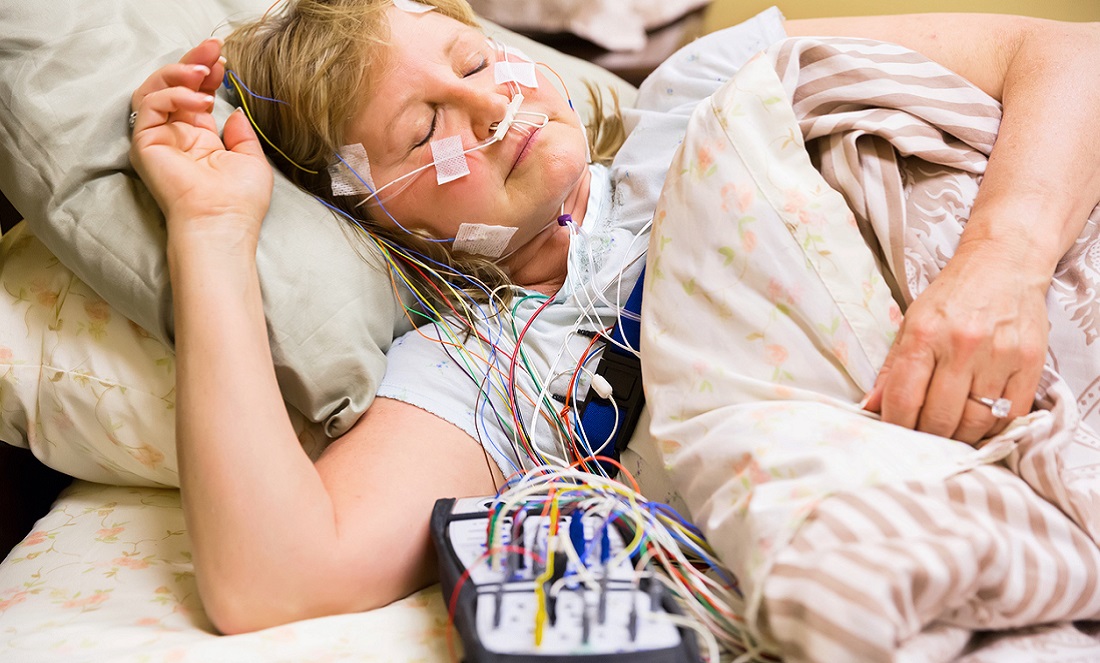
Unfortunately, such specialist laboratory facilities are not always available in regional areas.
And it’s expensive.
The out-of-pocket costs can be around $500 for those lucky enough to have private health insurance or $1500 – $2000 for those who don’t.
A HIDDEN CONDITION
It’s one of the reasons so few people suffering from sleep apnoea are diagnosed with the disorder.
The condition is estimated to affect about one in 25 Australian adults.
But Syed says 82% of men and 92% of women with sleep apnoea don’t know they have it.
The disorder has been linked to heart disease and stroke and leads to reduced productivity at work as well as an increased risk of car accidents.
It’s estimated to cost the economy more than $21 billion a year in lost productivity and medical expenses.
Syed hopes the technology can reduce the price, discomfort and time it takes to get an indication of whether a patient has a sleep disorder.
“There are challenges with this … but we expect that it will give us a very good detection accuracy for sleep apnoea.”



